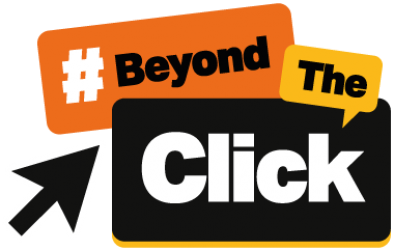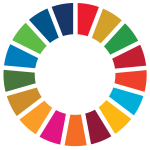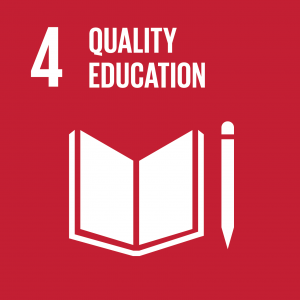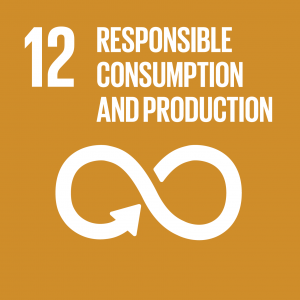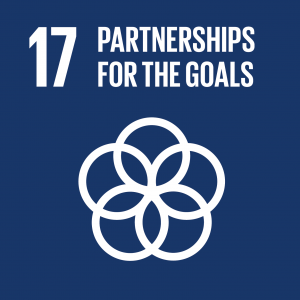1. The ability to locate and verify reliable sources of information

The Digital Literacy Framework Explored (with suggested activities and resources)
- Evaluate sources for reliability – ability to recognise that commonly used sources of information can have many limitations (e.g. Wikipedia); can often be prejudiced or even biased and frequently offer just one world view
- Use a variety of tools to evaluate sources for bias – ability to use a variety of sources to verify material; appreciate which sources are most likely reliable and know how to find and use them
- Understand and identify common reasoning errors – recognise and understand the common mistakes people make in reasoning from such sources
This section introduces and explores information including how information is produced, what makes an information source reliable and how can readers spot mistakes and errors.
Case studies: #LetThemStay #BringThemHome
Activity 1.1 Choosing Reliable Sources
Some key questions: what is a reliable source? How can we decide if an online source is fair or unfair? What is the role of ‘facts’, ‘reactions’, ‘emotions’, ‘other’s opinions’ in deciding?
1. Invite the group to think of examples of where they get online information from (possible topics: football, fashion, beauty, diet, gender roles etc.). List the ways in which they decide what is, or is not, reliable information. Use this checklist to expand the discussion further. Is information obtained on the internet reliable?
Go further: ask them to think about the following: if you had a really bad stomachache or rash and your family or friends weren’t sure what the problem was, where might they look for information or who might they ask? Why? What makes this person or source reliable for helping you feel better? List the answers and discuss them – why might some sources be more reliable than others?
2. Look at the following two websites about a straightforward issue – bike repair and maintenance (project the websites or use screenshots):
Ask them to ‘read’ the pages, discuss the questions below and then take feedback:
- What do you see or notice first on each webpage?
- What is the same about the pages? What is different?
- How would you decide which page to use if you wanted to fix a bike?
Use the Choosing reliable sources handout to compare and contrast the two sites – where the circles don’t overlap, they can identify examples of how the webpages are different; where they overlap similarities can been identified.
- Handout 1: Choosing reliable sources (from Teaching Tolerance)
Ask them to discuss the images and the language or keywords used. Finally, compare and contrast the results from each group and compile a whole group list of learning around what makes a source reliable.
Activity 1.2 What Questions Should We Ask?
1. Ask the group for their views on whether online information can be inaccurate or biased – how do they know? What kinds of questions might help us decide? How do we recognise mis-information or bias?
Make a list of the feedback. The following questions might help stimulate the discussion:
- How do we know when each page was created or updated, is this important?
- What is the core purpose or aim of the information presented or of those who created it?
- What does the choice of words and images tell us? In this context, how might we identify bias?
- Why is it important to read articles from a variety of sources?
- How important are the sources of the information presented?
- Does this source represent or echo what I know from personal experience? Is this important?
2. Use the 4 articles referenced below on migration in Europe (or choose others to suit your own context); the articles comes from 4 very different sources and worldviews.
- News article by the liberal London newspaper The Guardian – theguardian.com/uk-news/2015/aug/10/10-truths-about-europes-refugee-crisis
- News story by Soeren Kern of the US right-wing Gatestone Institute – infowars.com/europes-migrant-crisis-millions-still-to-come
- Article by Ian Drury from the UK’s conservative newspaper The Daily Mail – dailymail.co.uk/news/article-5480335/Just-one-ten-migrants-UK-sent-EU.html
- News article from the Times of Malta (one Mediterranean viewpoint) – timesofmalta.com/articles/view/20180401/opinion/What-to-do-about-migration-Maurice-Cauchi.675034
Ask each group to choose one story and then list the facts presented using the exact words the author used. They should then report back to the full group on their story. Discuss the feedback.
Ask each group to identify the keywords used in their article, compile an overall list and discuss it further – is there any bias? How? What is the bias? How do they ‘feel’ about it? Do the articles have a ‘tone’, are they ‘emotionally charged’ and what might it tell us? Can the whole group compile a checklist on bias?
Then use the Evaluating bias in a news story handout to extend the discussion further.
- Handout 2: Evaluating bias in a news story
Activity 1.3 Reflecting and Learning: an explosion in news stories
1. Open the discussion by asking the group where they get their news – social media? News apps? TV? Traditional newspapers? The choices we now have for accessing news have grown exponentially in recent years. Ask the group how this expansion might affect society and people’s understanding of the world.
Some key questions for discussion:
- Is there a problem with inaccurate or misleading or even ‘fake’ news today?
- Why is it important that we receive accurate or fair information and why is it important that we learn about bias in news reporting?
- Are you and others skeptical of the information on social media? Why?
- Are you more likely to read and share a story if you have an emotional reaction to it? Do you think about whether a story is true before you share?
Refer to or print out copies of the following handouts to take the discussion further:
- Handout 3: How to Evaluate Online Content – infographic checklist (by Hosting Facts)
- Handout 4: Ten Questions for Fake News Detection (by the News Literacy Project)
- Handout 5: Evaluating Sources – Use the C.R.A.P. Test! (by Mercer University Library)
2. Place the words ‘argument’, ‘persuasion’ and ‘propaganda’ on a board /flipchart in front of the group. In three groups (or more) discuss one of these words and place post-it notes of key characteristics. Bring the group back together with peer-feedback on the findings and lead a discussion of the differences between each of the three words.
Today we are exposed to greater amounts of information and from more sources than ever before. Citizens have a responsibility as consumers of that information to thoughtfully evaluate the messages they encounter, particularly when those messages urge action.
Invite the group to think critically about the messages and information they encounter online. Using examples raised by the group in previous activities, ask, who is promoting this idea? Who is the intended audience? Am I being asked to take or not take a specific action?
Further reading: Death of truth: when propaganda and ‘alternative facts’ first gripped the world by Piers Brendon (March 11, 2017) The Guardian
Keywords
It might also be useful at some stage in the process to discuss some of the keywords associated with these issues and whether we effectively understand them.
- source – someone or something that provides information
- reliable – something or someone you can trust; containing true information
- reasoning – the act of thinking something through
- reliable – trustworthy; containing true and legitimate information
- evaluate – to judge or determine the reliability of information
- tone – the general attitude communicated in a piece of writing
- bias – prejudice; favoring one person or point of view more than others
- point of view – a particular way of considering a matter; the position from which an event or topic is observed
- implicit – suggested or assumed but not obvious or explicitly stated
- fake news – false information or propaganda published as if it were authentic news
- social media – websites and other online means of communication used by large groups of people to share information and to develop social and professional contacts
- accuracy – the condition or quality of being true, correct or exact; freedom from error or defect

